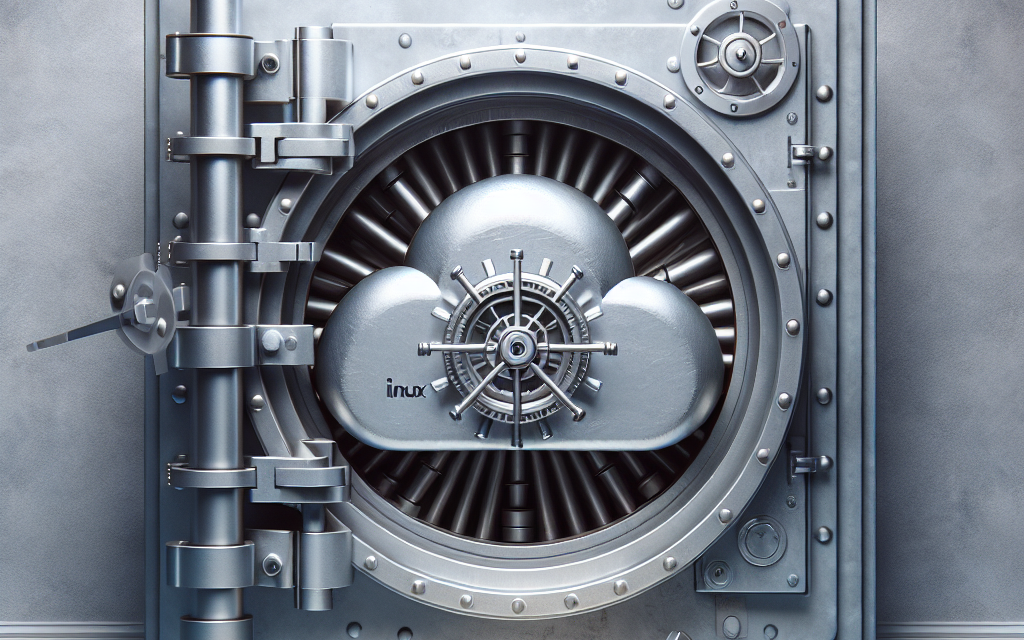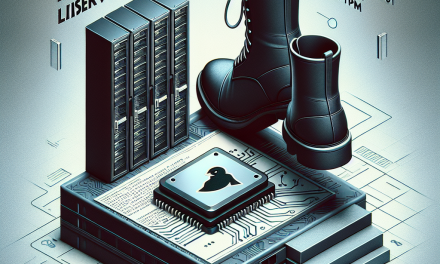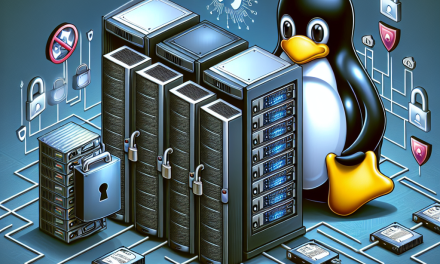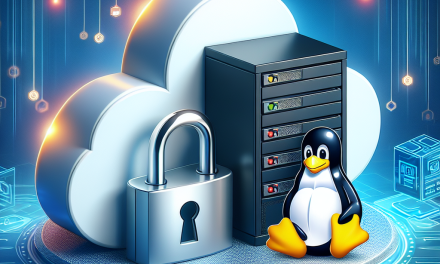As cloud computing continues to revolutionize the tech landscape, securing your Linux servers in the cloud has never been more critical. While the cloud offers unparalleled flexibility and scalability, it also presents unique security challenges. In this article for WafaTech Blog, we’ll explore best practices and tools to bolster your Linux server security in the cloud.
Understanding the Risks
Before diving into security strategies, it’s important to understand the risks involved when deploying Linux servers in the cloud:
- Unauthorized Access: Poor authentication can lead to unauthorized users gaining access to your server.
- Data Breaches: Sensitive data stored in your cloud instance can be vulnerable to breaches if not properly secured.
- DDoS Attacks: Your server can be targeted by Distributed Denial-of-Service attacks, rendering it inaccessible.
- Misconfigured Security Settings: Misconfigurations can lead to exploitable vulnerabilities.
- Insecure Connections: Data transmitted over unsecured channels can be intercepted.
Best Practices for Securing Your Linux Server
1. Harden SSH Access
- Change the Default SSH Port: Moving SSH from port 22 to an alternative port can reduce the likelihood of automated attacks.
- Use SSH Key Authentication: Replace password logins with SSH key pairs for strong authentication.
- Disable Root Login: Prevent direct root access using
PermitRootLogin noin the SSH config file. - Limit User Access: Create specific user accounts with only the required permissions and access levels.
2. Implement a Firewall
Using a firewall is crucial to controlling incoming and outgoing traffic.
- UFW/GUFW: For simplicity, consider using UFW (Uncomplicated Firewall) or its GUI alternative, GUFW.
- iptables: Use iptables for customized firewall rules, providing comprehensive control over traffic.
3. Keep Your System Updated
Regular updates patch vulnerabilities in the operating system and installed software:
- Use Automatic Updates: Configure automatic updates for the OS and installed packages using tools like
unattended-upgrades. - Regularly Check for Manual Updates: Use the following command to check for updates:
bash
sudo apt update && sudo apt upgrade
4. Use Intrusion Detection Systems (IDS)
IDS can help detect and respond to unauthorized access attempts:
- OSSEC: A popular open-source host-based intrusion detection system that analyzes log files and monitors changes.
- AIDE: A file integrity checker that validates the integrity of your file system.
5. Implement Strong Password Policies
Encourage the use of strong, complex passwords:
- Password Managers: Promote the use of password managers among users.
- Enforce Password Policies: Utilize PAM (Pluggable Authentication Modules) to enforce policies regarding password strength and expiration.
6. Enable Security Enhancements
Consider utilizing security frameworks and enhancements available on Linux:
- SELinux/AppArmor: These provide Mandatory Access Control (MAC) to limit program capabilities, adding an extra layer of security.
- Fail2ban: Protects against brute force attacks by monitoring logs and banning IPs after a defined number of failed login attempts.
7. Utilize Encryption
Data encryption is crucial for protecting sensitive information:
- Encrypt Data at Rest: Use LUKS for disk encryption to secure data stored on the server.
- Encrypt Data in Transit: Use SSL/TLS certificates to encrypt data being transferred over the network. Consider using Let’s Encrypt for a free and automated SSL certificate service.
8. Conduct Regular Backups
Backup your data regularly to mitigate data loss risks:
- Automated Backups: Utilize tools like
rsync,Bacula, or cloud provider solutions for automated backups. - Offsite Storage: Store backups in a different location to ensure data recovery in case of server failure.
9. Monitor and Audit Logs
Log monitoring helps to stay ahead of potential security breaches:
- Logwatch: Analyze and report on system logs, sending an email summary periodically.
- Syslog-ng: Centralizes log collection from various sources, making it easier to monitor.
10. Deploy on a Secure Cloud Provider
Choose a reputable cloud provider that emphasizes security:
- Compliance: Ensure your provider complies with industry standards like ISO 27001, HIPAA, or GDPR.
- Security Groups: Utilize the cloud provider’s security group features to control inbound and outbound traffic at the network level.
Tools for Enhanced Security
- Nmap: Network scanning tool to identify open ports and services.
- Lynis: An auditing tool that scans your Linux system for vulnerabilities.
- ClamAV: An open-source antivirus engine to detect malware.
- rkhunter: Scans your system for rootkits and exploits.
Conclusion
Deploying Linux servers in the cloud offers numerous benefits, but without adequate security measures, it poses significant risks. By following these best practices and employing the right tools, you can enhance the security of your cloud-based Linux servers and protect your critical data. Remember, security is a continuous process—stay proactive and regularly assess your security posture to counter evolving threats.
Stay Secure, Stay Smart!





